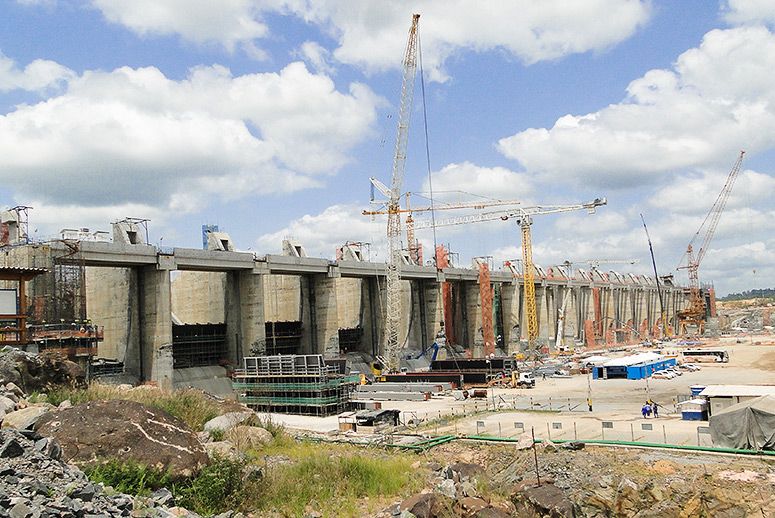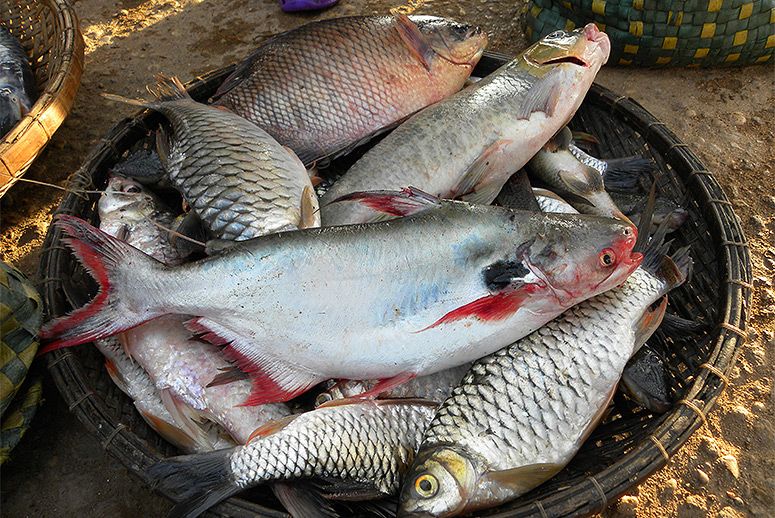Comments Reviews on theboatpeople.com Raft Cataraft Inflatable Kayak Products and Service › Forums › Environmental News › The Hydro Dam Boom Could Devastate Tropical Wildlife
- This topic has 0 replies, 1 voice, and was last updated 8 years, 6 months ago by
 Lee Arbach TBP.
Lee Arbach TBP.
-
AuthorPosts
-
January 9, 2016 at 8:44 am #2900
 Lee Arbach TBPKeymaster
Lee Arbach TBPKeymasterNearly a third of the world’s freshwater fish species are threatened by hundreds of planned dam projects along the Congo, Mekong, and Amazon river basins.

Countries in the Congo, Mekong, and Amazon river basins plan to build huge dams to help power electric grids, but such projects could come at the expense of one-third of the world’s freshwater fish species, according to a new study.
Thanks to their remoteness, the world’s three largest tropical rivers have been largely free of dams and other development, but demand for renewable energy and improved road access could threaten biodiversity and established fisheries in each region, researchers wrote in the paper, which was published Thursday in the journal Science.
AdvertisementThere are 450 dams planned across the three tropical basins, which are in South America, Africa, and Southeast Asia. That’s led 39 scientists to warn of overestimating the economic benefits of dams while underestimating the environmental costs.
Kirk Winemiller, lead author of the study and Regents professor at Texas A&M University’s Department of Wildlife and Fisheries Sciences, cites the nearly completed Belo Monte hydroelectric dam along the Xingu River in the Amazon Basin as an example of such impacts. The lower portion of the river is a complex of rapids that provides unique habitat for about 48 fish species found nowhere else in the world.

These species, which support local fisheries that supply the international ornamental fish trade, are now threatened by the massive Belo Monte hydroelectric project,” Winemiller said in an email.
The researchers found that fish ladders and fish passages designed to minimize wildlife impacts of dams are not effective.
A study of fish passage rates at Brazil’s Engenheiro Sérgio Motta hydroelectric dam found that only 31 percent of some migratory fish species were making it upstream to important feeding and spawning grounds.
Winemiller said those types of losses could be devastating to freshwater fisheries along the Lower Mekong River, valued at about $17 billion a year. There are already 370 dams in place in the Mekong River Basin, and another 100 are planned.
“A great many Mekong fish species are migratory, and dams will disrupt their seasonal movements between dry-season refuge habitats and wet-season spawning and nursery habitats,” he said.
AdvertisementTropical rivers also support floodplain agriculture in the region.
“Planners have generally failed to assess true benefits and costs of large hydropower projects,” the authors wrote. “An estimated 75 percent of large dams suffered cost overruns that averaged 96 percent above the figures used to justify their creation.”
China, for instance, spent $26 billion to offset the ecological impacts of the Three Gorges Dam.
“Without more careful planning, species extinctions and basin-wide declines in fisheries and other ecosystem services are certain to accompany new hydropower in the world’s mega-diverse tropical rivers,” the researchers concluded.
-
This topic was modified 8 years, 6 months ago by
 Lee Arbach TBP.
Lee Arbach TBP.
-
This topic was modified 8 years, 6 months ago by
-
AuthorPosts
- You must be logged in to reply to this topic.
- Click to share on Facebook (Opens in new window)
- Click to share on Twitter (Opens in new window)
- Click to share on LinkedIn (Opens in new window)
- Click to share on Pinterest (Opens in new window)
- Click to share on Tumblr (Opens in new window)
- Click to share on Reddit (Opens in new window)
- Click to share on Pocket (Opens in new window)
